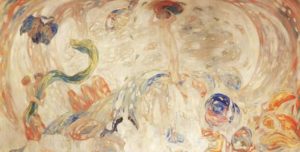
1874 - 1962
Nicholas Millioti
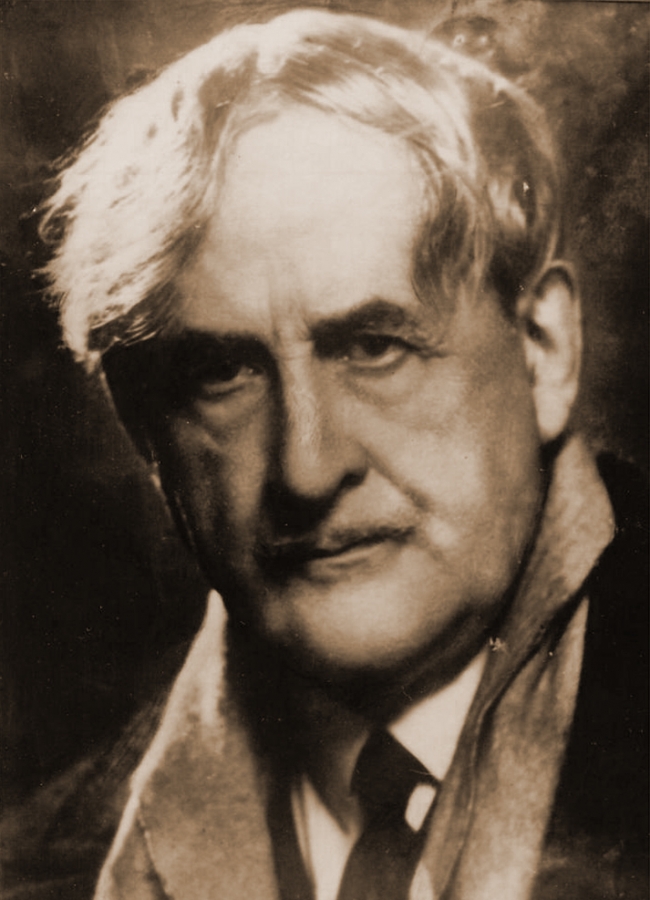
description
A Russian artist of Greek origin, a significant representative of the modernist direction “symbolism” and a prominent figure.
He was born into a Greek-rooted family. He also had family ties with the Moscow clans of the Morozovs, Alekseevs and Korsh. He spent summer time with his brothers in the estate of Prince Golitsyn Kuzminki near Moscow.
He was one of the active organizers and participant in the Blue Rose exhibition (Moscow), one of the founders and participants in the revived association World of Art (St. Petersburg), was a member of its committee. He was active abroad: became one of the founders of the Russian House of Arts in Berlin, a member of the Paris Society for the Preservation of Russian Cultural Property, various Parisian Committees to raise money for creative purposes. He taught at the Russian School of Painting in Paris. The French government acquired the self-portrait of the artist. Personal exhibitions of the artist were held in Brussels, Yalta, Paris, Biarritz.
Key ideas:
– He painted pictures in a vivid manner of Symbolism, choosing plots of “dreams”, fantasies, and also stylized “gallant” scenes characteristic of Antoine Watteau: “Angel of Sorrow”, “Les Galants”, “Sad Birds”, “Magic Rose”. Often used the ancient motifs and themes inherent in the Renaissance: “Pastoral”, “Three Nymphs” and others.
– A lot of details made in a style close to the Rococo are a distinctive feature of some works. For them, the artist uses all shades of the blue or pink palette. Other works, painted as colorful extravaganzas, come close to ornamental abstraction in style.
– The most characteristic allegorical images of the artist are angels and muses, landscapes, mirages, theatrical characters (“Pierrot and death”) – typical images of the Symbolist worldview.
– As a portrait painter, Nicholas Millioti (painted the pictures of, in particular, A. Benois, N. Taffy, T. Sukhotin-Tolstoy, F. Chaliapin) sought concrete similarities, and grasped the characteristic psychological features of the model, following the Russian tradition.
1874
1894 - 1900
1904 - 1907
1907 - 1909
1910 - 1914
1914 - 1917
1918 - 1920
1921 - 1922
1923 - 1928
1929 - 1933
1938 - 1942
1949
1958
1962
The birth of the artist
Visited Korovin’s private studio

The artist collaborated with the Golden Fleece magazine
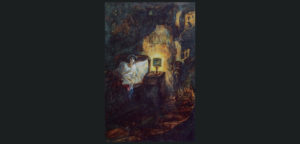
"Blue Rose"
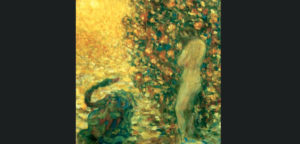
Received the Medal of Honor at the International Exhibition in Brussels
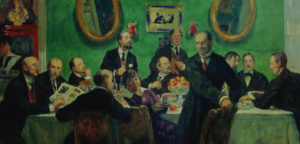
In the rank of ensign artillery, he fought in the Carpathians
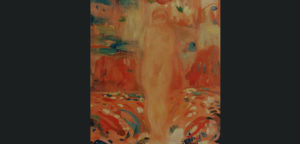
Participated in the exhibition "Art in the Crimea"

He worked in Berlin

Traveled to America, Italy and Spain, Holland and Germany

He taught at the Russian Academy of Painting of Countess Sukhotina-Tolstoy

The French government acquired a self-portrait of Millioti

The last of seven lifetime solo exhibitions was held
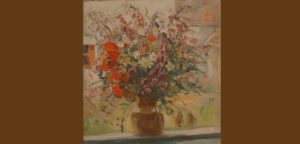
Participated in the Committee to raise funds for the publication of a book about Korovin

The death of the artist

Nicholas Millioti
On Artist
flow
Realism
Impressionism
Post-impressionism
friends
Konstantin Somov
Alexandre Benois
Ivan Yakovlevich Bilibin
Maximilian Voloshin
Nicholas Roerich
Evgeny Evgenievich Lansere
George Ivanovich Narbut
Anna Ostroumova-Lebedeva
Kuzma Sergeevich Petrov-Vodkin
Mstislav Valerianovich Dobuzhinsky
artists
Valentin Serov
Abram Arkhipov
Leonid Pasternak
Jean-Paul Laurent
Benjamin Constant de Rebeck
James Whistler
By Artist
flow
Symbolism
friends
Konstantin Korovin
Vasily Dmitrievich Milioti
Boris Kustodiev
Igor Grabar
artists
Natalya Goncharova
Leonid Uspensky
